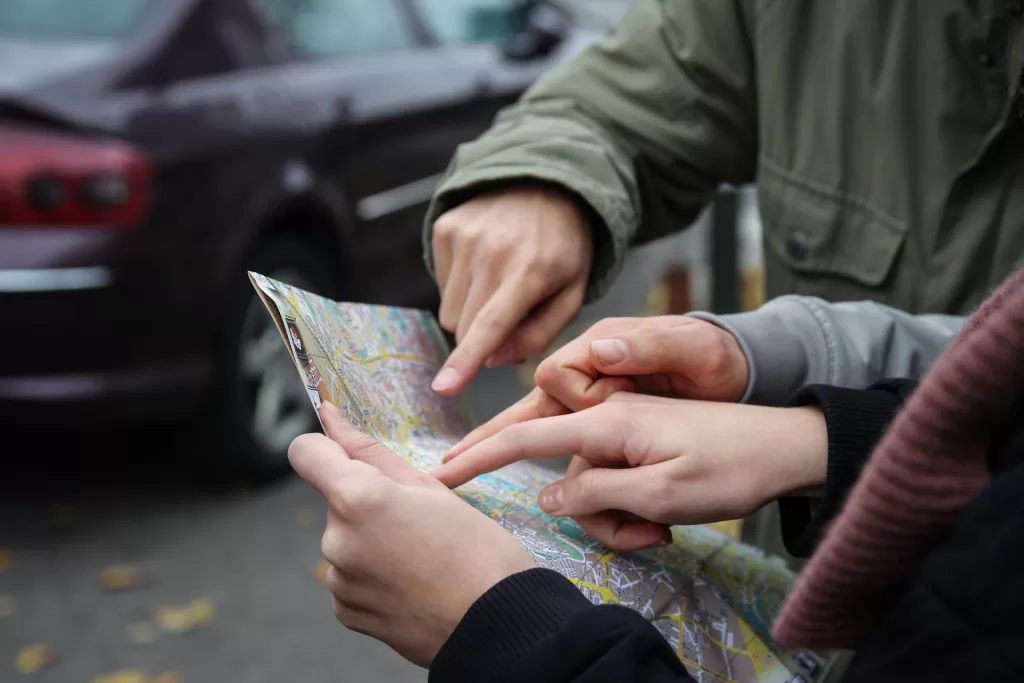Contents
Are you a non-native speaker of English who wants to improve your communication skills? Do you feel nervous or awkward when you meet someone new or have to talk to a stranger? Do you want to learn how to make a good first impression and build rapport with people from different cultures and backgrounds?
If you answered yes to any of these questions, then this blog post is for you. In this article, I will teach you how to greet strangers or new acquaintances in English, using some simple tips and tricks that will help you sound more confident, polite and friendly. You will also learn some common phrases and expressions that you can use in different situations and contexts.

Why is greeting important?
Greeting is the first step of any conversation. It is a way of showing respect, interest and goodwill towards the other person. It can also set the tone and mood for the rest of the interaction. A good greeting can make the other person feel welcome, comfortable and valued. A bad greeting can make the other person feel ignored, offended or annoyed.
Therefore, it is important to greet people properly in English, especially if you are a non-native speaker who wants to make a good impression and avoid misunderstandings. Greeting people correctly can also help you establish rapport and trust with them, which can lead to more opportunities for learning, networking and friendship.
How to greet strangers or new acquaintances in English?
There are many ways to greet strangers or new acquaintances in English, depending on the situation, the context and the level of formality. Here are some general guidelines that you can follow:
- Use a friendly tone of voice and a smile. This will show that you are happy to meet the other person and that you are open to conversation.
- Use eye contact and body language. This will show that you are attentive and interested in the other person. Avoid looking away, crossing your arms or fidgeting with your phone.
- Use appropriate titles and names. This will show that you respect the other person’s identity and status. If you know the other person’s name, use it. If not, ask for it politely. If the other person has a title, such as Dr., Professor or Mr., use it as well.
- Use common greetings and introductions. This will show that you are familiar with the basic etiquette and norms of English communication. Here are some examples of common greetings and introductions that you can use in different situations:
Formal situations
Formal situations are those where you need to show respect and professionalism, such as in business meetings, academic conferences or official events. In these situations, you should use formal language and avoid slang or jokes. Here are some examples of formal greetings and introductions:
- Hello, I’m (name). I’m (position) at (company/organization/institution).
- Good morning/afternoon/evening, I’m (name). It’s a pleasure to meet you.
- How do you do? I’m (name). I’m (position) at (company/organization/institution).
- Nice to meet you. I’m (name). I’m (position) at (company/organization/institution).
Informal situations
Informal situations are those where you can be more casual and relaxed, such as in social gatherings, parties or casual conversations. In these situations, you can use informal language and express your personality and emotions. Here are some examples of informal greetings and introductions:
- Hi/Hey/Hello, I’m (name). What’s your name?
- Hi/Hey/Hello, I’m (name). How are you?
- Hi/Hey/Hello, I’m (name). Where are you from?
- Hi/Hey/Hello, I’m (name). What do you do?
How to respond to greetings and introductions in English?
When someone greets or introduces themselves to you in English, you should respond in a similar way. For example:
- A: Hello, I’m Alice. I’m a teacher at ABC School.
- B: Hello, Alice. I’m Bob. I’m a student at XYZ University.
You can also add some follow-up questions or comments to keep the conversation going. For example:
- A: Hi, I’m Alice. What’s your name?
- B: Hi, Alice. I’m Bob.
- A: Nice to meet you, Bob. Where are you from?
- B: Nice to meet you too, Alice. I’m from London.
How to end a conversation politely in English?
When you want to end a conversation politely in English, you should use some closing remarks and expressions that indicate that you enjoyed talking to the other person and that you hope to see them again. Here are some examples of how to end a conversation politely in English:
- It was nice meeting/talking to/chatting with you.
- Thank you for your time/attention/information.
- Have a nice/good/wonderful day/evening/night.
- Take care/Goodbye/Bye.
You can also exchange contact information if you want to keep in touch with the other person. For example:
- Do you have an email address/phone number/social media account that I can reach you at?
- Can I have your business card/contact details?
- Can I add/follow/friend you on Facebook/Twitter/Instagram?
Conclusion
In conclusion, greeting strangers or new acquaintances in English is not difficult if you follow some simple tips and tricks that will help you sound more confident, polite and friendly. You should also learn some common phrases and expressions that you can use in different situations and contexts.
I hope this blog post has helped you learn how to greet strangers or new acquaintances in English better. If you have any questions or comments, please feel free to leave them below.
References
Here are some external links that you can check out for more information on how to greet strangers or new acquaintances in English:
- https://www.fluentu.com/blog/english/how-to-greet-someone-in-english/
- https://www.espressoenglish.net/how-to-introduce-yourself-in-english/
- https://www.bbc.co.uk/worldservice/learningenglish/radio/specials/1535_questionanswer/page2.shtml
Related
How to Spice Up Your Morning Greetings with 10 Different Languages

Leave a Reply